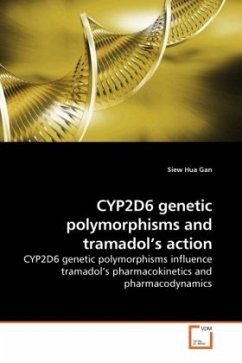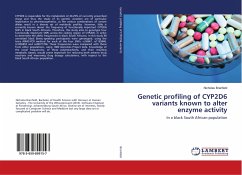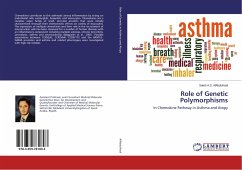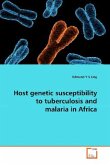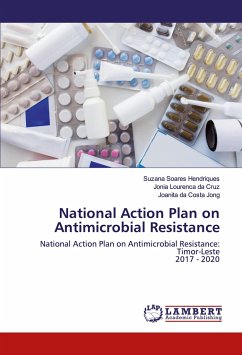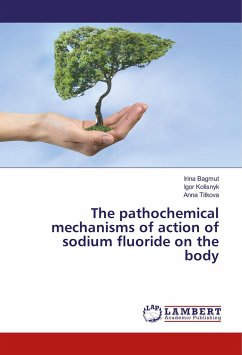Despite recent advances in anaesthesia, postoperative analgesia remains a problem. This is compounded by the fact that fear of drug dependence exists with the use of conventional opioid analgesics. Therefore, there are needs for using new drugs such as tramadol hydrochloride. Due to its additional action on the monoaminergic system, this drug is also coined as an "atypical opioid". Tramadol is metabolised by the CYP2D6 enzyme which is one of the most polymorphic enzyme systems. Due to the wide interethnic variabilities in metabolising tramadol, a pharmacogenetic-pharmacokinetic study is timely and may be a useful tool for establishing optimum dosage regimens of tramadol in future. This book describes the correlation of the CYP2D6 gene with tramadol s pharmacokinetics and pharmacodynamics.
Bitte wählen Sie Ihr Anliegen aus.
Rechnungen
Retourenschein anfordern
Bestellstatus
Storno

